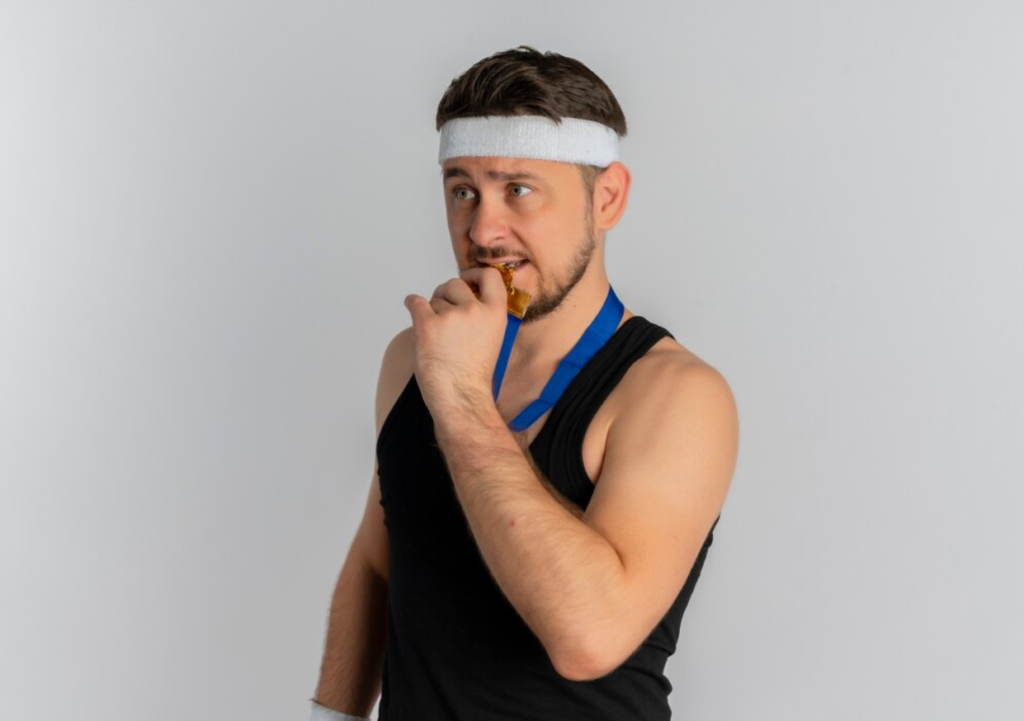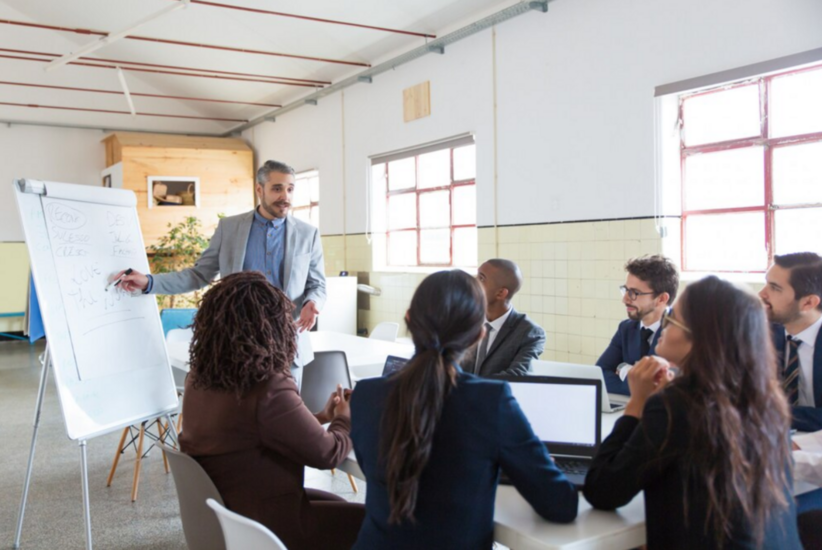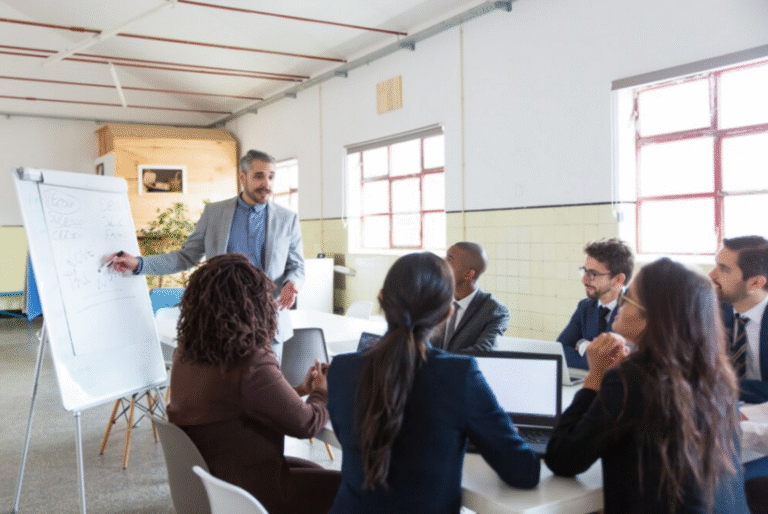When it comes to mastering a skill, practice is the key to improvement. But does practice always have to be physical?
Many successful athletes, musicians, and professionals use mental rehearsal to sharpen their abilities without moving a muscle. By visualizing themselves performing an action, they reinforce learning and build confidence.
At the same time, physical practice remains essential. No amount of mental preparation can fully replace real-world experience. The best results come from a combination of both, but understanding their differences can help individuals structure their training more effectively.
What Is Mental Practice?
Mental practice, also known as mental rehearsal is the practice of imagining yourself performing a task in your mind. This technique is used in various fields, from sports to music to public speaking.
It allows us to go through movements, strategies, or performances, and evaluate their outcomes without physically engaging in them.
For example, a basketball player may visualize making free throws, picturing every detail, the feel of the ball, the arc of the shot, and the sound of it swishing through the net.
A musician might mentally rehearse a difficult piece, hearing the notes in their mind while imagining their fingers moving across the instrument.
Though mental practice doesn’t involve actual movement, the brain treats it as if it were happening. This makes it a powerful tool for improving performance, especially when combined with hands-on train.
How Mental Practice Helps In Skill Development?
Research has shown that mental practice activates many of the same neural pathways as physical practice. When you vividly imagine and act accordingly, your brain sends signals to the muscles involved, reinforcing learning without physical movement.
Some of the benefits of mental practice include:
- Enhancing confidence: Rehearsing success in your mind can make you feel more prepared and capable.
- Refining technique: By mentally focusing on details, individuals can correct mistakes and reinforce proper form.
- Reducing anxiety:, Athletes and performers use visualization to stay calm under pressure, imagining themselves executing tasks with ease.
- Strengthening focus: Mental rehearsal trains the brain to concentrate, improving attention during actual performance.
Studies have even shown that people who use mental practice alongside physical training improve faster than those who rely on physical practice alone. This makes visualization a useful tool for skill development.
Practicing In Reality
While mental practice offers significant benefits, real improvement requires actual physical engagement. Physical practice builds muscle memory, coordination, and endurance, things that cannot be fully developed in the mind.
For example, a golfer might visualize a perfect swing, but without hitting the ball, they won’t develop the strength, balance, or precise movements needed for accuracy. A musician can mentally rehearse a song, but their fingers must physically press the keys or strings to build the necessary dexterity.
Physical practice also provides direct feedback. Mistakes can be corrected in real-time, adjustments can be made based on experience, and the body adapts to the demands of the task. This engagement is irreplaceable when it comes to learning a skill.
Why Mental Practice Isn’t Comparable With The Physical Practice?

Mental practice can provide you with virtual training to deal with the situations, but it comes with certain limits. Without engaging physically in an activity, there are a lot of learning elements and experiences you miss.
Unlike physical training, mental practice fails to develop muscle strength, endurance, and stamina. In the real world, we have to deal with various circumstances and situations that we never expected or dealt with before.
A feel of any musical instrument can only be experienced by playing it. Another disadvantage of mental practice is that it keeps a person in the illusion of improvement.
At this point, you might be thinking if practicing in your mind comes with such consequences, what will be the solution?
The solution is simulation training, and I have explained it further!
The Relation Between Physical Practice & Simulation Training
Simulation training works as a bridge between mental practice and real-world execution. It gives you a controlled, and interactive environment where you can train your mind and body with a specific skill without dealing with real-life events.
By using the simulation method with traditional learning methods, you can boost your skill development and may have better reflexes and physical coordination.
With that said simulation training helps in keeping a track record of your movements, and past learning sessions which is a great way of learning from your mistakes.
How To Find The Right Balance Between The Physical And Mental Practice?

Finding the right balance between mental and physical practice is a great way to develop any skill. A good approach is to start with mental rehearsal and create a sketch in your mind before moving to physical practice.
Visualizing success and mentally going through your actions can prepare your mind for different situations. This is especially helpful before high-pressure situations like wrestling competitions, athletic performances, or a seminar presentation.
Engage yourself in hands-on practice to apply what you’ve visualized. Pay attention to how your body responds, make adjustments based on real feedback, and focus on improving with each repetition.
This stage is where true skill-building happens, as muscle memory and fine-tuned movements develop through direct experience.
Review and reflect using mental practice after your physical session. Replay what went well and identify areas for improvement. This helps reinforce learning and builds confidence for future practice sessions.
By combining mental rehearsal, physical execution, and post-practice reflection, you create a well-rounded training routine that accelerates progress. The key is consistently training your mind and body together will always lead to better results than relying on just one method.



